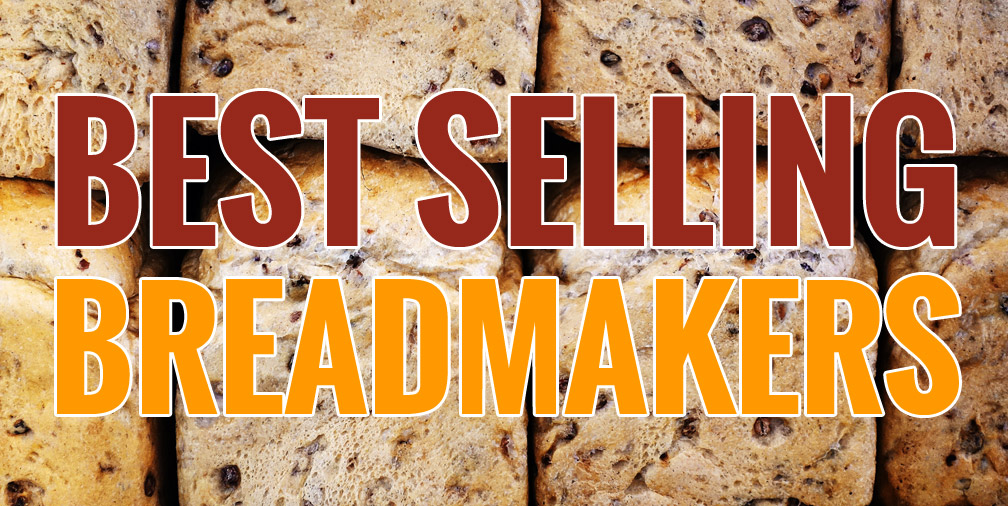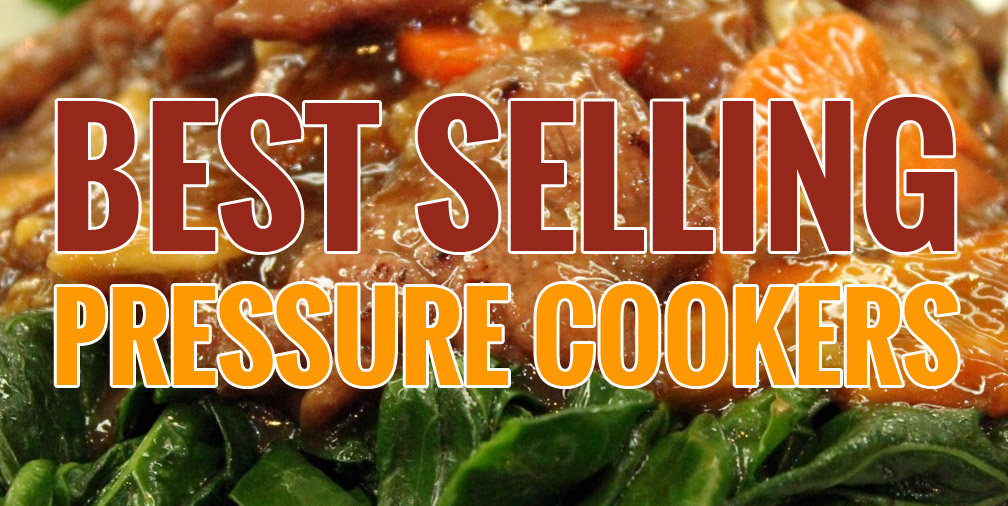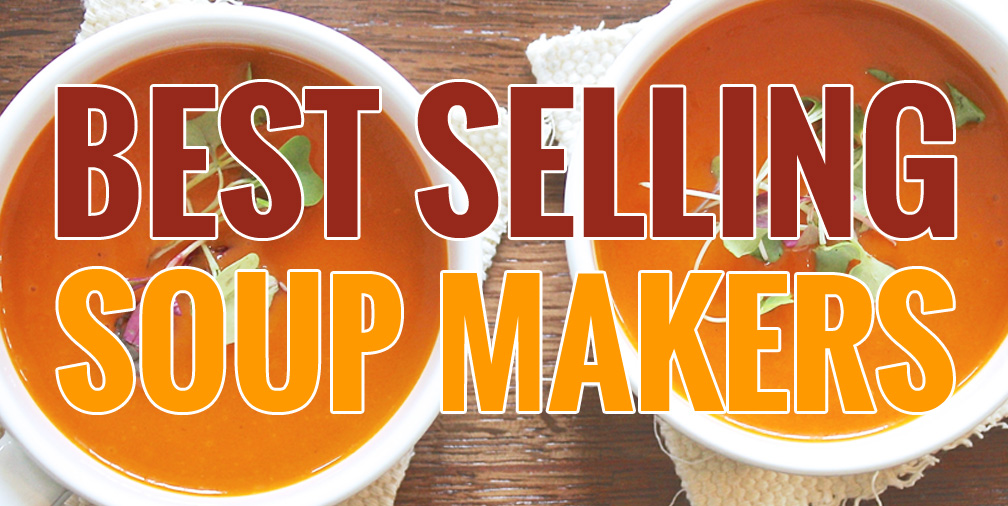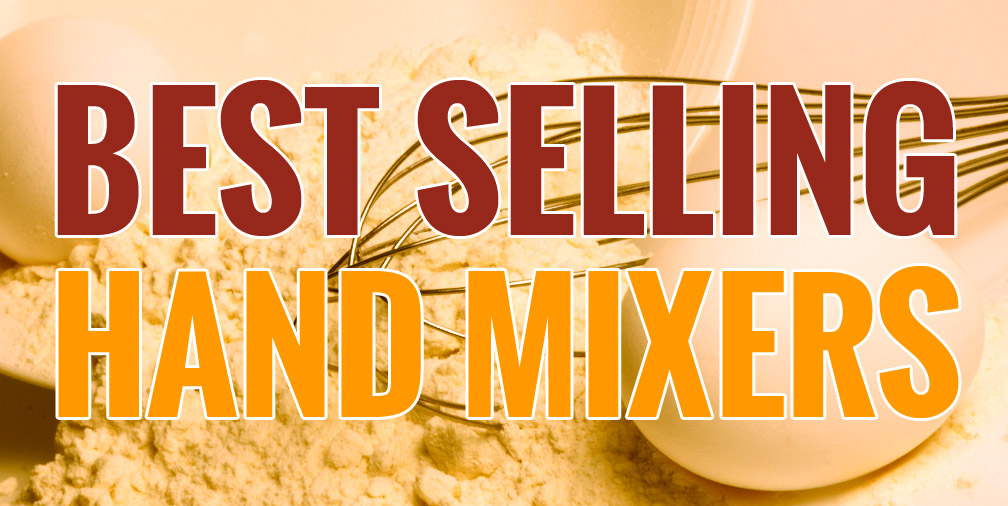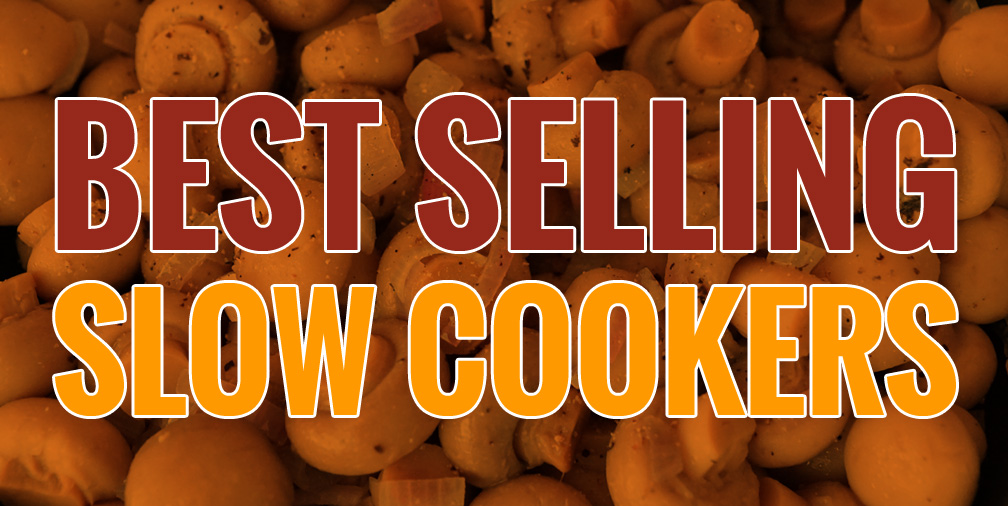A ceramic knife is constructed out of very hard and tough ceramic, zirconium dioxide, also known as zirconia. Zirconia is rated at 8.5 on the Mohs scale of mineral hardness, which is a little higher than hardened steel at 7.5 to 8 Mohs but less than the 10 for diamond. The edge of a ceramic kitchen knife rarely needs sharpening due its hardness.
Ceramic knives are a great kitchen tool for slicing boneless meat, vegetables, fruit and bread, and they are known to have some advantages over traditional steel kitchen knives. They are non-magnetic, don’t conduct electricity at room temperature and do not corrode in harsh environments. They are resistant to natural acids and caustic substances and they can retain their cutting edge for longer than forged metal knives.

There are some drawbacks though. Ceramic knives are often brittle and they may break if dropped on a hard surface. They are not recommended for cutting through bones or frozen foods, or in situations which require prying. Chipping, snapped points or catastrophic failure can be the result of not following the recommended guidelines for ceramic kitchen knives. The good news is that higher quality brands now produce ceramic knives with blades created via an additional hot isostatic pressing (HIP) step, which improves the toughness of the ceramic knife.
One of our favorite manufacturers of ceramic kitchen knives is Kyocera. Unfortunately Kyocera have updated their range of knives since we wrote this article and the FK Black Series Ceramic Knives range is no longer for sale. However, Kyocera still make an amazing choice of ceramic bladed kitchen knives and below are a few of the great options available to buy today.

